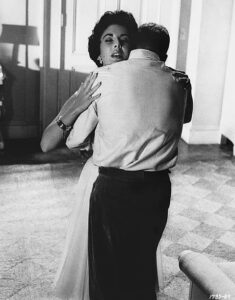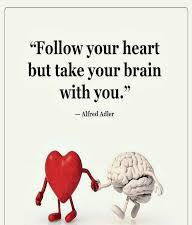To read today’s post in its optimal format please go to the Just A Thought website. Please click here.
We gain knowledge of ourselves and the world in two ways: from science and from art. We learn from reason, and from the heart. Both are necessary if we are to develop to our fullest potential, as individuals and as a community.
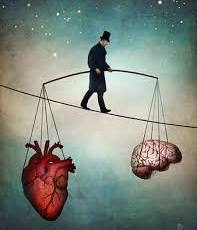
The renowned Harvard biologist Edward Wilson wrote an essay in the New York Times titled “The Riddle of the Human Species.” Wilson is a pioneer in the field of evolutionary biology. He begins with a challenging statement: “The task of understanding humanity is too important and too daunting to leave to the humanities.”
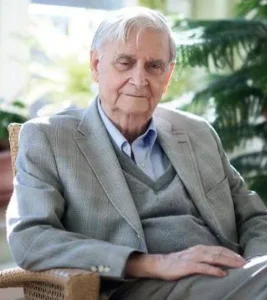
Wilson analyzes human evolutionary development through two million years, from the first human-like species, Homo habilis, that shifted from individual foraging to group hunting, up to the emergence of Homo sapiens.
He concludes that human nature developed through a group dynamic. The challenges of a hunting society required planning and cooperation. “A premium was placed on personal relationships geared to both competition and cooperation among the members,” says Wilson.
The result is what we call human nature: “We are compulsively driven to create and belong to groups,” says Wilson. And within those groups, we fiercely compete. Competition and conflict have defined and shaped human behavior.
This is our glory, and our tragedy.
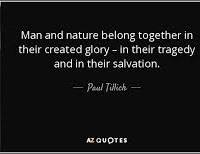
Art too has something to teach us about isolation, conflict, and yearning to belong. These themes have given us the ancient Greek tragedies, the plays of Shakespeare, and the great novels, plays and movies of today.
My wife and I joined our son to see a Broadway revival of Tennessee Williams’ powerful drama “Cat on a Hot Tin Roof.” I have seen the Elizabeth Taylor-Paul Newman movie version at least a half-dozen times, but Williams’ original script is more direct and powerful.
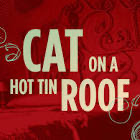
Brick, the alcoholic son of the wealthy plantation owner Big Daddy, rants against the hypocrisy of the world, the greed of his family, and the system of lies and liars that seem to include everyone except himself. He pushes away the people who love him – especially his wife Maggie.
Maggie, played in this revival by Scarlett Johansson, is a force of nature. The more Brick pushes her away, blaming her for the death of his best friend Skipper, the more she fights to win him back. She is “the cat on a hot tin roof,” fighting to stay on as long as she can. As the play progresses, we see Brick’s illusions stripped away, until, in a dramatic confrontation with Big Daddy, he confesses that it was his rejection of Skipper’s homosexual overtures that prompted Skipper’s suicide. The hypocrisy, lies and liars that he blames for his retreat into alcoholism are really his own: he has lied to himself.
The play ends with Brick falling into Maggie’s arms.
We can learn a lot about human nature from science. We can discover the makeup of our genetic code, the origins of much of our behavior, the roots of our conflicts and desires – but the one thing science cannot explain is the human heart. As the 17th century French mathematician and philosopher Blaise Pascal famously said: “The heart has its reasons which reason cannot know.”
Our evolutionary past both draws us together by powerful bonds of kinship, and drives us apart in fierce competition. Are we prisoners of our past? We are mammals, but mammals with a heart.
Art teaches us that It is always a toss-up whether truth or illusion will triumph, whether love or hate will win the day.
As a matter of faith, I will follow the heart: I will put my bets on love —
— but it is a close call.
Just a thought…
Joe Nagy

